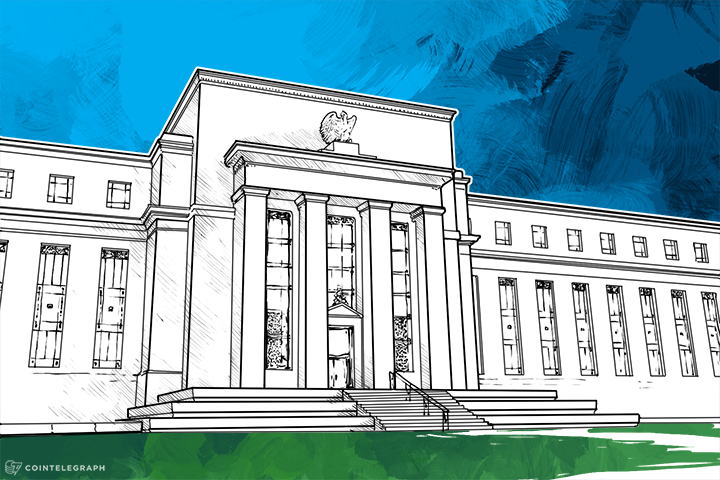The Federal Reserve Bank in Washington, D.C. has issued a report entitled Bitcoin: Technical Background and Data Analysis. The recently released report, dated October 7, is a technical analysis of Bitcoin and the Bitcoin protocol. While mostly accurate, it contains a number of assumptions and self-serving statements suggesting that, despite a great deal of empirical research and terabytes of data, the Federal Reserve lacks a fundamental understanding of Bitcoin.
Lack of Understanding
One of the first indications of their lack of understanding can be found in section two, entitled “Bitcoin: an Overview,” by researchers Anton Badev and Matthew Chen. In defining Bitcoin, they say:
“In essence, a bitcoin is an electronic token without reference to any underlying commodity or sovereign currency, and is not a liability on any balance sheet. Owning bitcoins amounts to nothing more than having the ability to move these bitcoins in the Bitcoin ecosystem ... . As such, a bitcoin has no intrinsic value.”
This implies they also lack an understanding of basic economics. The US dollar is an excellent example of a “sovereign currency” that has no more intrinsic value than a bitcoin. While it is true that no legal jurisdiction has classified Bitcoin as a currency, it does not change the fact that bitcoins are used daily for obtaining goods and services. The use of the term “Bitcoin ecosystem,” without defining the parameters of such an ecosystem, was also quite disingenuous.
Smoke and Mirrors
The technical descriptions of how Bitcoin works, how it is created, and how transactions are processed are relatively accurate and clinically written. The explanatory section is the largest part of the report and seems to have been inserted for the purpose of using empirically studied data to lend authority to the questionable analysis and claims.
Researchers claim to have drawn their data from three sources: the public ledger, several of the largest virtual currency exchanges (Mt. Gox, BitStamp, BTCN, BTCE and BitFinex) and the largest Bitcoin gambling website, Satoshi Dice. From this data, they conclude that most smaller transactions (US$100 or less) were made at online gambling websites. While researchers mentioned earlier in the paper that there were more than 64,000 businesses currently accepting Bitcoin, they made no mention of any attempts to collect data from those sources.
Conclusion
The report is nearly 40 pages long and includes numerous charts and graphs describing transaction and trading volumes. Despite this, it can hardly be considered a comprehensive study of Bitcoin and how it is performing in today’s economy. The report instead appears to be an attempt to make the use of bitcoins out to be a fad for traders and gamblers, instead of a growing marketing tool already adopted by some of the world’s largest retailers. There are several places that it attempts to downplay rapid adoption rates by consumers as well.
A report like this is hardly worth the time it takes to read it. Any accurate information it offers can be found elsewhere, such as on bitcoincharts.com. The report seems to be a mirror of similar ones written by banks and other Federal Reserve districts in the past. In other words, it repeats the message that “Bitcoin is a waste, but we will steal the technology and use it ourselves to mask our activities from consumers.”
Did you enjoy this article? You may also be interested in reading these ones:


